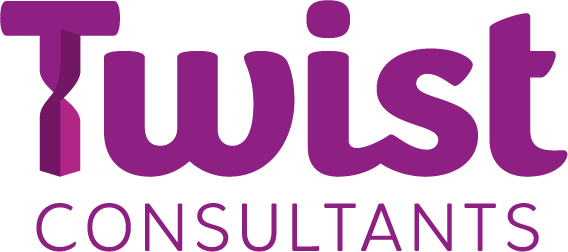Through Twitter, someone I follow shared her experience with a UK retailer. This retailer had introduced a new payment app which was advertised in-store. So, she downloaded the app and then tried to pay with the QR code provided. But the staff clearly didn’t know anything about it. They had to call another team for guidance but... they couldn’t get the app to work and so she paid with a card instead. In her words, “It would be helpful if all the staff had been briefed [about the app] and knew how to use it.”
This is the stuff that keeps leaders, IT teams, PRs and any number of other folks in an organisation up at night, trying to avoid. It’s the outcome you definitely don’t want – where the customer is better informed than your own organisation - and why change or business readiness in organisations really matters in big system changes.
Credit: Wokandapix, Pixabay
So, what’s involved?
In any major systems change the people part is as important as process and technology. Success depends on the readiness of the business and the receptiveness of its people to want to change. If the change doesn't work well, the consequences can impact the customer and employee experience, reputations and the bottom line – as in the example above. The ideal is for employees, partners, suppliers, customers and other stakeholders – particularly those directly impacted by the change – to be completely clear on what the change means for them, their role and their day-to-day work.
By introducing a business readiness, change readiness or organisational readiness function when you’re looking at large-scale change – I’ve been a member of this type of team before – you can help to link the business with the programme team. Working as part of a readiness team in previous roles, I’ve worked with each business function to help them understand what the technical and process changes meant for their part of the business, supported them in building change plans they’d connect with, own and deliver and facilitated discussions between different teams. We achieved this through tools like impact and readiness assessments, change plans and workshops.
I’ve engaged with stakeholders across the business to make sure they understood what the technology approach involved, ensure they considered all the impacts the change could bring and established the right approaches to be ready for that change.
This will help to shape all manner of approaches, from communication messaging to team structures to training plans. Most importantly, the focus is always on ensuring that the people are ready for the wholesale systems change to come.
So, how ready are you for big change?
Takeaways for large change initiatives:
Think about the people impacted if you want it your change to stick. Change is personal, emotional - and can be difficult for many. Put yourself in their shoes and work with them to help them own and deliver the change.
Don’t leave business readiness too late. The people stuff matters as much as the tech. This needs just as much focus from the outset.
Assessing business readiness is essential to be able to plan and successfully implement any major IT change. It’s not just about the build, the design, the system’s integration. People need help to be able to translate the proposed new approach for their world and make it work for them. They need to feel like they own it.
I support organisations and teams, helping to make the people side of change work better. I help with tools such as communication, coaching and wellbeing approaches to make sure that the people side of change is not an afterthought. I’d love to talk if you want to put your people front and centre.

